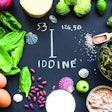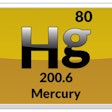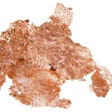
Selecting the combination of ingredients to achieve the right amount of phosphorus can be complicated. There are several reports in the veterinary literature in which market-based products have been subsampled and analyzed for their phosphorus content and the incidence of both excessive and insufficient levels of phosphorus have been recorded. This is more frequent than it should be, given the options for nutrient control. The challenge, from a diet perspective, is due to the ubiquitous nature of phosphorus in common pet food ingredients, the variation in their concentrations, the differences in bioavailability, and the utility of phosphate food additives to improve technical qualities of the foods.

















